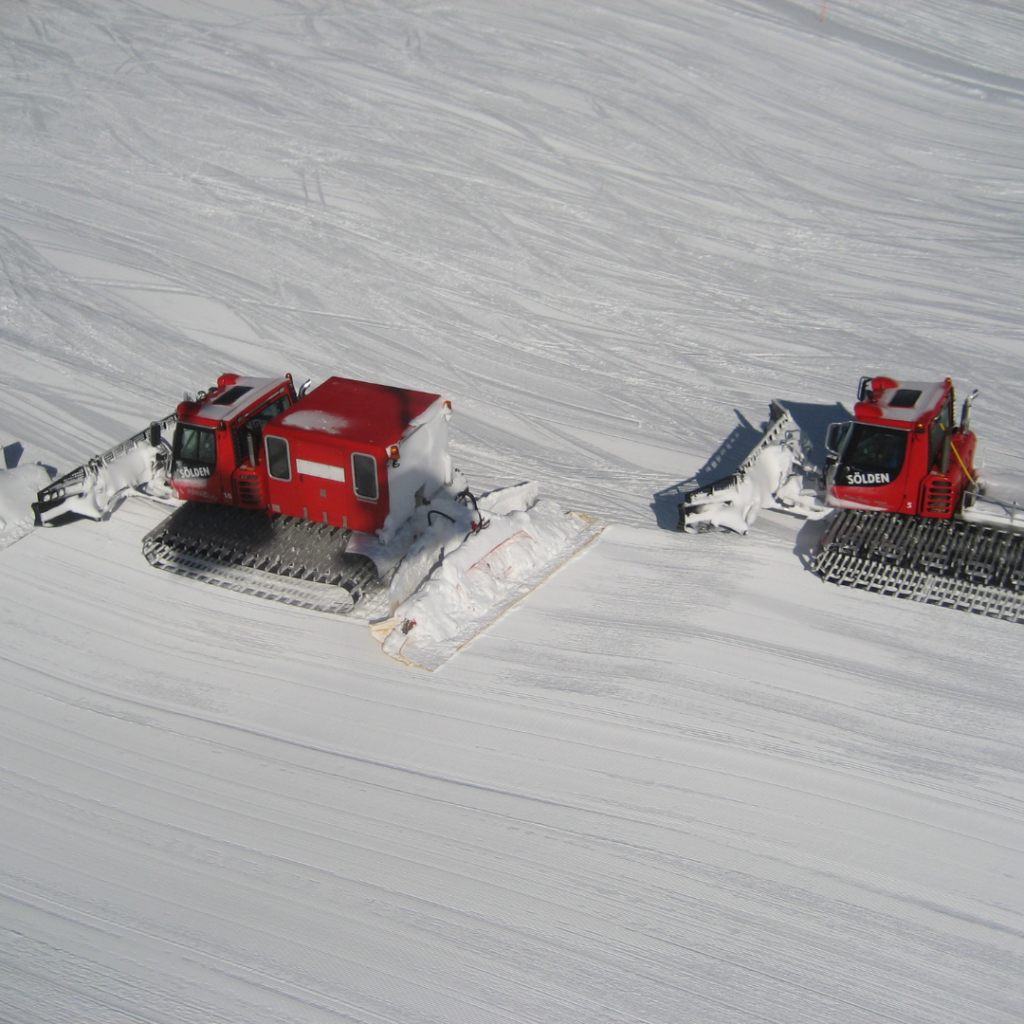By Ursula Nizalowski
During the winter months, it is almost inevitable for drivers to encounter snowy weather.
Though depending on how severe the weather is, the driver might have to pull off the road until
the storm passes over. And if it’s a bad enough storm, several inches of snow will build up
overtime causing the driver’s vehicle to become snowbound. When this happens, it creates a
difficult situation for the driver. Luckily, there are methods for dealing with being snowbound in
one’s vehicle and ways to prepare for it ahead of time.
What To Do
Call for Help – When trapped in a snowbound vehicle, the first thing to try is getting
in touch with someone using a cellphone or similar device like a radio. Because according to
Outdoor Life magazine, “The sooner you can make contact with the outside world, the faster
you’ll be rescued”. Thus the situation becomes less stressful for the driver knowing help is on
the way.
Stay Warm – Now even if one can get help, that doesn’t mean they’ll arrive in a timely
manner. For this reason, it’s important to keep oneself warm for as long as possible. That means
bundling up in jackets, gloves, and blankets to create extra layers of insulation for maximum
protection against the cold.
Hydrate Well – Drinking plenty of water is considered to be just as important during
the wintertime as during summer. The reason why is that cold air is dry due to lower levels of
humidity, which makes a person more dehydrated. So Health Beat says staying hydrated “helps
keep our body temperature at a constant and normal level” as it prevent things like hypothermia
and illnesses from setting in while stuck in a snowbound vehicle.
Circulate – Our bodies react to the cold in two ways: we either shiver violently or stop
moving. But the latter reaction is dangerous because it makes us more cold and that’s the last
thing anyone wants to experience during a snowbound situation. That’s why it’s a good idea to
do a regular physical activity inside the vehicle like flexing fingers and/or limbs since it “will
increase blood flow while creating heat” Tread magazine claims.
What Not To Do
Keep the Heaters On – When bundling up isn’t enough to stay warm, one may be
inclined to run the heaters inside the snowbound vehicle. But doing that actually wastes gas and
increases the risk of carbon monoxide poisoning from exhaust produced by the engine. So it’s
often advised to run the engine sparingly to heat things up, but not keep it running, and have the
window cracked open to prevent carbon monoxide from building up in the vehicle.
Physically Exert Yourself – Maintaining one’s movement is key to staying warm,
but doing too much of it will make one sweat. And sweating isn’t good for cold weather because
“When you sweat, it evaporates leaving you even chillier than before” according to Real Simple
magazine. That’s why it’s better to stay put in a snowbound vehicle rather than trying to get the
vehicle out by one’s own hands.
Wander Away from the Vehicle – Being stuck in one place isn’t fun for anyone,
which makes it tempting to leave the snowbound vehicle to get help sooner rather than waiting
for someone to show up. With that said, “You’d be surprised how quickly hypothermia can set
in” says CNN as prolonged exposure to the cold can permanently damage the skin. Not to
mention there’s a higher possibility of getting lost since snowstorms can make things difficult to
see, and thus it’s arguably safer to stay in the vehicle until the storm blows over.
Sleep – It’s common to feel more tired in the winter since “reduced sun exposure can
dramatically affect your circadian rhythm, causing your body to produce more melatonin (a.k.a.,
the sleep hormone)” according to Henry Ford Health . What that means is less sunlight causes
the body to be less active and therefore more prone to being sleepy. Though sleeping in a cold
vehicle might increase the chance of getting hypothermia, or poisoned by carbon monoxide if the
engine’s running, so it might be best to avoid sleep as much as possible.

Tools of Preparation
Emergency Supplies – Regardless of weather, it doesn’t hurt to be prepared for
anything. That’s why it’s a common practice to load one’s vehicle with necessary items to deal
with emergency situations. Now for being snowbound, having extra blankets, snacks, a first-aid
kit, and water is good as well as stuff like road flares and reflective triangles which help make
the vehicle noticeable to rescuers.
Shovels and Pipes – While it is better to stay in the snowbound vehicle during a
storm, there are two exceptions. One is to clear built-up snow and ice from the tailpipe because
“Air needs to get to the engine to run, and exhaust gases need to have a place to go. If not,
carbon monoxide can seep into the car’s cabin” says Tread . Another exception is to remove
snow from the vehicle’s tires using a shovel, though this should only be done if the storm has
passed as it could lead to overexertion.
Winter Tires and Chains – If one lives in a place that’s liable to get snow during
certain times of the year, having winter tires is a must-have to decrease the chances of getting
snowbound. Keep in mind, though, that winter tires are not the same as all-season tires since the rubber used to make them is different compound-wise. Also there’s the Colorado Chain Law to
consider, which requires certain vehicles to have chains on them in winter.
For further questions on what to do in a snowbound vehicle, feel free to contact accident attorney
Rick Wagner .

